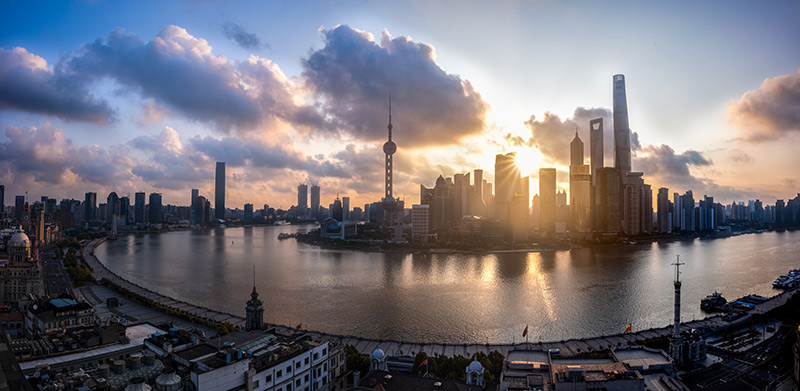
Water is essential for human life, but for buildings it can be a contributing factor to an early deterioration. When moist air hits a cooler surface within a wall structure, water vapor in the air can condense and collect inside these spaces. This moisture can then be absorbed in various building materials and cause a host of serious structural problems.
Wet wooden framing or sheathing can rot and break down, dramatically diminishing its strength. Steel structural members can become oxidized, rusting and gradually losing their integrity. Even masonry can be compromised by vapor diffusion, as moisture passing through the wall can rob salts from the mortar, causing efflorescence and slowly breaking down the joints between bricks or concrete blocks, until the wall loses its integrity. Over time, any of these conditions can cause structural damage to the building.
The key to minimizing the damage potential of moisture is effectively managing the flow of air into and out of the building envelope. A properly installed, continuous air barrier minimizes air leakage, which, in turn, minimizes the potential for water vapor to condense on vulnerable wall structures.
Contact an Air Barrier Specialist today
Protecting buildings with continuous air barriers is important, regardless of climatic conditions or region in which the building is located. To understand why, you need to understand how vapor drive works. Air tends to travel from warm to cool, bringing with it water vapor. When outdoor conditions are hot and humid, moist air travels toward the cool, dry, air conditioned space inside. When the hot, moist air hits the cool interior gypsum wall surface, it can condense. Over time, the wall surface and the insulation in the wall can become saturated with moisture. In cold climates in the winter the process can be reversed, with moist, warm air from inside the building condensing on the cold exterior sheathing, with the same result.
Some wall materials can exacerbate this problem. For example, brick or concrete can absorb significant amounts of moisture during wet weather. Then, when the sun comes out and heats the wall exterior, it releases this moisture, causing significant vapor drive toward the cooler, interior wall, where it can condense.
An air barrier can help prevent this, by minimizing air infiltration through a "leaky" wall. This, in turn, minimizes the potential for moisture in the air to take up residence within the wall structure and attack vulnerable materials.
Given the high cost of building construction and repair, extending the lifespan of critical building materials is a priority. When it comes to optimizing a building’s long-term durability, a properly installed, continuous air barrier may be one of the most important single elements in a building’s construction.
Related
November 10, 2017
To Protect Building Durability, Focus on Air Barrier Durability
As discussed in a previous blog post, minimizing air leakage through the building envelope is important to protecting the long-term durability of a structure. Uncontrolled air flow introduces moisture...
READ MORESeptember 25, 2017
To maximize indoor air quality, minimize air leakage
It's a four-letter word no building owner wants to hear: mold. Yet, it's an all-too-common occurrence in buildings where moist air accumulates on vulnerable wall components, including insulation, ext...
READ MOREDecember 11, 2017
How much can air barriers save? Ask the calculator.
Air leakage in residential and commercial buildings is a major source of energy waste. According to the U.S. Energy Information Administration, buildings consumed about 40% of the total energy used in...
READ MOREOctober 01, 2018
Net zero building design and air leakage
Is it possible to create a building with a net energy consumption of zero? An increasing number of homeowners and organizations concerned about reducing their carbon footprint are working to achieve t...
READ MORESeptember 25, 2017
The secret to making buildings more energy efficient is in the air
Here's a surprising fact: In 2016, buildings consumed about 40% of the total energy used in the U.S. All that energy consumption adds up to a significant production of "greenhouse gas"; buildings prod...
READ MORETags
- Air & Vapor Barriers
- Airports
- Architects
- Arts & education
- Building Envelope Solutions
- Commercial buildings
- Contractor
- Energy efficient solutions
- Engineer
- Industrial facilities
- Museums
- PERM-A-BARRIER
- PERM-A-BARRIER® NPS
- PERM-A-BARRIER® VPL 50RS
- PERM-A-BARRIER® VPS
- Residential buildings
- Retail buildings
- Schools
- Sports stadiums
- Structural Solutions
- Subcontractor
- Sustainability